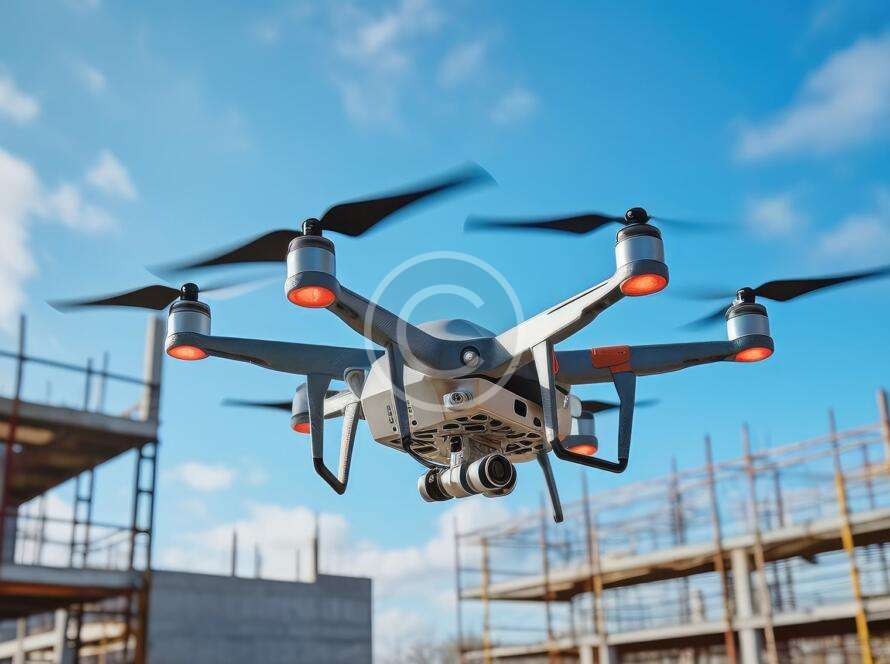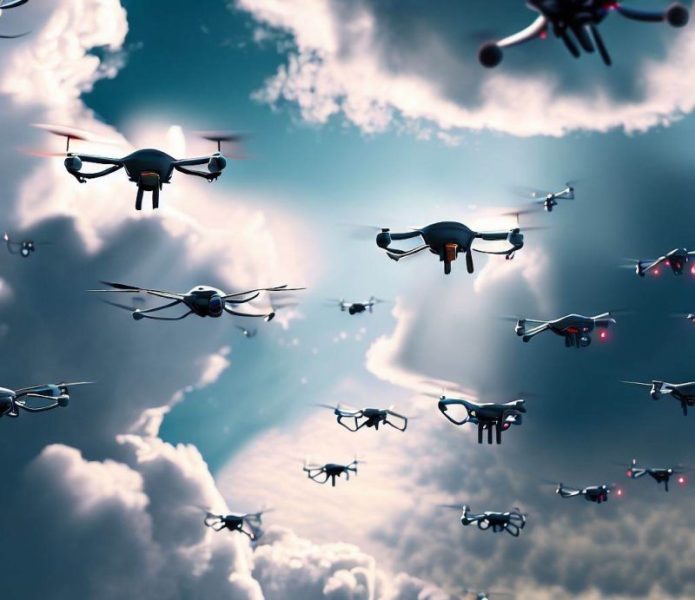Understanding the Different Categories of Drones
Drones, or unmanned aerial vehicles (UAVs), have become increasingly popular across various sectors, from agriculture to filmmaking. With their diverse applications and capabilities, drones can be classified into several categories based on design, functionality, and use cases. This article explores the main types of drones, providing insights into their unique features and advantages.
1. Multi-Rotor Drones
Multi-rotor drones are perhaps the most recognizable type of UAV. They are equipped with multiple rotors—typically four (quadcopters), six (hexacopters), or eight (octocopters)—which allow for vertical takeoff and landing.
- Advantages:
- Maneuverability: Their design allows for precise control and stability, even in windy conditions.
- Ease of Use: Ideal for beginners due to their intuitive controls.
- Hovering Capability: Perfect for tasks requiring stable flight, such as aerial photography and inspections.
- Common Uses: Aerial photography, surveying, and recreational flying.
2. Fixed-Wing Drones
Fixed-wing drones resemble traditional airplanes and rely on wings for lift rather than rotors. They are generally more efficient for long-distance flights.
- Advantages:
- Flight Efficiency: Aerodynamic design allows for longer flight times and greater distances.
- Payload Capacity: Can carry heavier equipment compared to multi-rotor drones.
- Extended Range: Suitable for large-area surveillance and mapping.
- Common Uses: Agricultural monitoring, mapping, and military reconnaissance.
3. VTOL (Vertical Takeoff and Landing) Drones
VTOL drones combine the features of both multi-rotor and fixed-wing designs. They can take off and land vertically but switch to horizontal flight for efficiency.
- Advantages:
- Versatility: Can operate in various environments, making them suitable for diverse missions.
- Efficiency: Capable of long-distance flights while retaining the ability to take off in confined spaces.
- Mission Flexibility: Ideal for complex operations that require rapid transitions between different flight modes.
- Common Uses: Cargo transport, agricultural monitoring, and search-and-rescue operations.
4. Single-Rotor Drones
Single-rotor drones function similarly to helicopters with one main rotor and a tail rotor for stability.
- Advantages:
- Agility: Highly maneuverable, capable of performing complex aerial maneuvers.
- Hovering Stability: Excellent at maintaining a stable hover, making them ideal for inspections.
- Common Uses: Aerial surveillance, heavy payload delivery, and search-and-rescue missions.
5. Tactical Drones
Tactical drones are primarily used by military forces for surveillance and intelligence gathering. They are designed to operate in challenging environments with minimal operator intervention.
- Advantages:
- Lightweight Design: Easy to transport and deploy in the field.
- Advanced Sensors: Equipped with GPS and infrared cameras for effective reconnaissance.
- Common Uses: Military surveillance, reconnaissance missions, and border patrol.
6. Agricultural Drones
These specialized drones are designed specifically for farming applications. They can monitor crop health, assess irrigation needs, and even assist in planting.
- Advantages:
- Precision Agriculture: Help farmers optimize yields through detailed aerial data collection.
- Efficiency: Reduce labor costs by automating tasks like crop spraying.
- Common Uses: Crop monitoring, pest detection, and precision irrigation.
7. Hybrid Drones
Hybrid drones incorporate features from both fixed-wing and multi-rotor designs. They can take off vertically like a multi-rotor but fly efficiently like a fixed-wing drone.
- Advantages:
- Flexibility in Operations: Suitable for various missions that require both hovering capabilities and long-range flights.
- Common Uses: Large-area inspections, surveillance missions, and delivery services.
Conclusion
The diversity in drone technology allows them to serve multiple industries effectively. Understanding the different categories helps users select the right type of drone based on specific needs—whether it’s capturing stunning aerial footage or conducting critical agricultural assessments. As technology continues to evolve, the capabilities of these UAVs will expand further, opening new possibilities across various fields.


